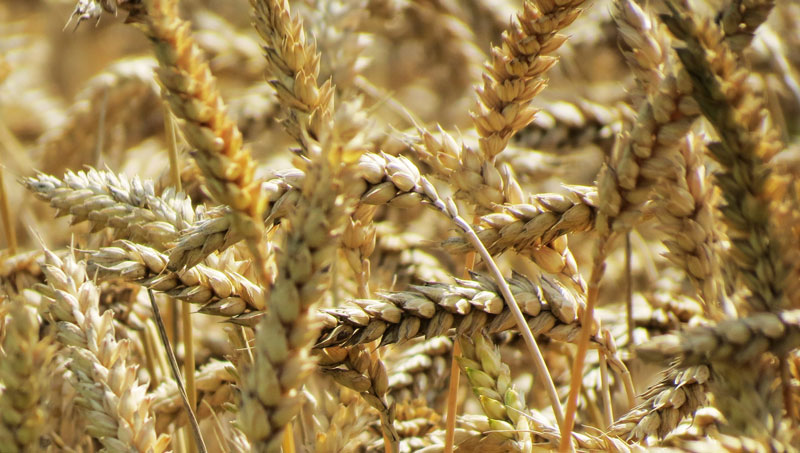Technology’s impact on harvesting
Over the years, LifeBook has helped many autobiography authors who grew up on a farm. When they were children, harvesting was a very manual affair. Today, technology has enabled a very different, and very efficient, practice.
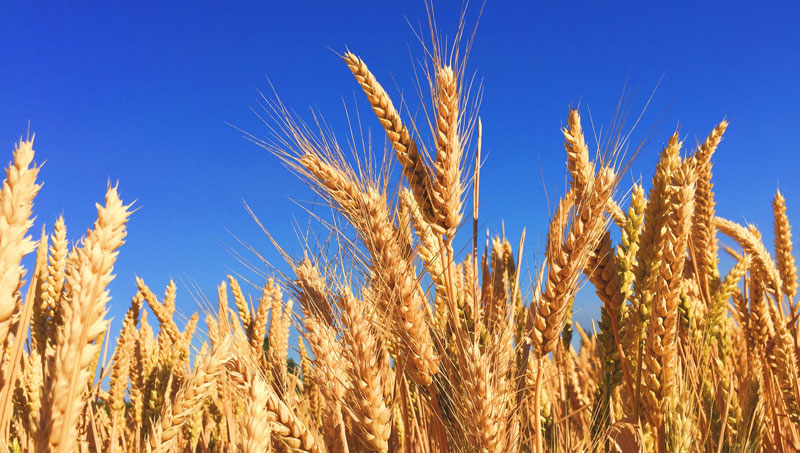
In comparison with the labour-intensive practices of yesteryear, harvesting in the 21st century is a hi-tech process as the enormous modern combine harvesters are capable of carrying out simultaneously the three main harvest elements of reaping (or cutting) the crop, threshing (loosening the edible grain part of the crop) and winnowing (separating the grain from the straw or chaff). The cycle of tasks having been completed, the grain is then ejected from the combine via a chute into a trailer, while the straw that will be used for animal bedding over the winter months remains on the field for baling separately. It’s a slick operation, made even more efficient by sophisticated computerisation that allows the operator to maximise yield in the minimum time, so much so that a single combine can cover well in excess of 150 acres in a single day and, thanks to the vehicle’s powerful headlamps, harvesting can even continue through the night if necessary.
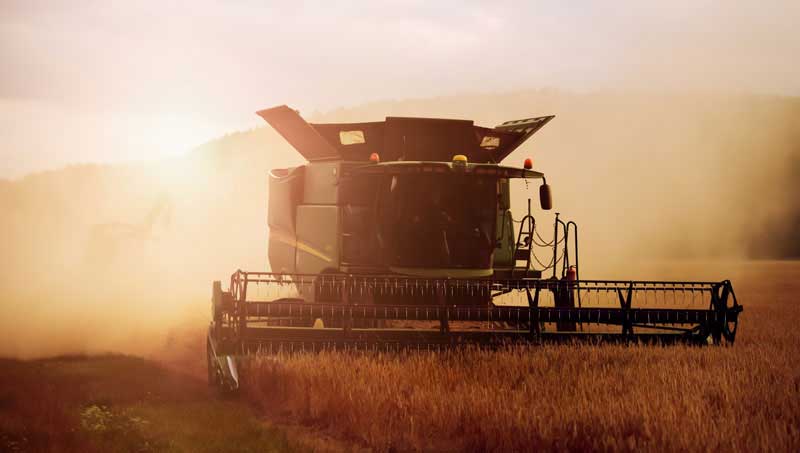
Traditional methods
Although machinery for harvesting has been around since the 19th century, it is only in recent decades that complete mechanisation has become the norm. Even as late as the 1940s, horse-drawn reapers were still commonplace mainly due to the fact that labour and horses were cheap, whereas, in contrast, tractors were expensive to both purchase and run, and, certainly during the war years, hard to come by. Furthermore, for those farmers unable to afford a reaping machine, the age-old method of hand scything would be used to cut the crop, a time-consuming method, albeit relatively efficient. For this, the crop would be cut at its base before being tied together in bundles of stalks called sheaves. These sheaves would then be stacked in an upright pyramid shape, known as a stook, with the grain at the top of the bundle away from the ground to protect it from vermin and to encourage it to dry out naturally. The stooks would then be loaded onto a cart and transported away from the field to the farm for threshing and winnowing, the methods for which involved human or animal power.
All hands to the pump
Today, to harvest an entire farm, it can take as few as half a dozen personnel (or possibly even fewer following the introduction of the latest driverless combines and tractors) but even as late as the mid-20th century, harvest time in many rural areas would have meant all hands to the pump, with children also commandeered to help, a little pocket money being offered as an incentive. A further enticement for the older boys was often the opportunity to drive the tractor, if there was one, or to be put in charge of the horse that was pulling the grain cart. In some areas, especially those that grew potatoes or other crops that needed to be handpicked, the use of children was so well organised that camps were set up to house the young people and school holidays might be extended to ensure this plentiful workforce would remain available when needed.
While for the children it was a chance to earn some money and have some fun, there were, perhaps unsurprisingly, rumblings in other quarters, as it was feared that unscrupulous farmers might exploit their young workers, and there was also considerable worry over the lack of safety measures in place that could potentially put children in danger or lead to overworking. Nevertheless, despite these criticisms, many older people today, who remember carrying out such work as youngsters, recall the experience as being a happy, sociable and character-forming time, with a particularly enjoyable activity at the end of the day being the gathering of any dropped grain that was then taken home to feed to the chickens.
Regardless of the concerns, the simple fact was that, during the war years, agricultural labour was in short supply as many men were either away fighting or working in some other capacity as part of the war effort. To remedy this, anyone who could do so volunteered to lend a hand and women also played an important part, especially in the form of the Women’s Land Army – known as the Land Girls – which was established as a way of providing a reliable rural workforce to help keep the nation fed. Towards the end of the war, prisoners of war, mostly Italians and Germans, were also put to good use working on the land, although this did not sit well with the National Union of Agricultural Workers and the National Farmers’ Union, both of which voiced the fear that, when hostilities ended, cheap foreign labour might rapidly displace local workers thereby creating unemployment in the indigenous workforce.
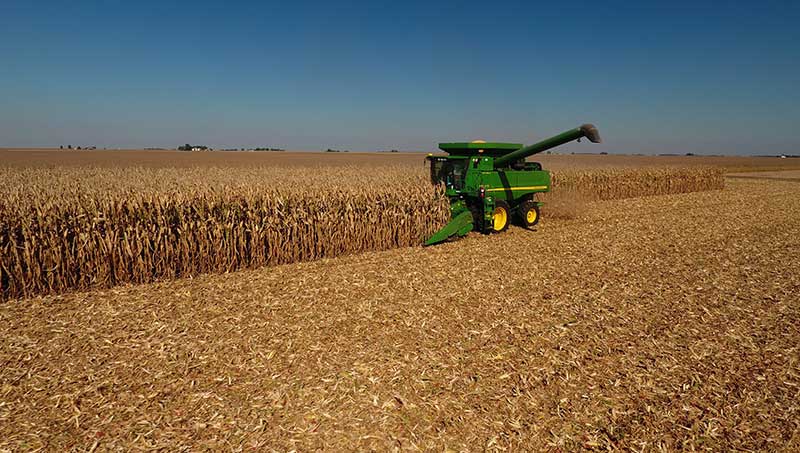
New farming methods
Harvesting was hard physical labour, with working days that went on for as long as the weather and daylight would allow, but farmers’ lives became a little easier during the 1950s when, gradually, tractor ownership became more common and new farming methods began to be introduced. As mechanisation grew in the form of reapers and similar machinery, so did efficiency, which meant that farming itself could be intensified to produce greater yields for less effort.
The introduction of weedkillers and pesticides, applied mechanically, also played a big part in this trend, as did the new strains of crops that were being developed for greater productivity. One of these that has become extremely popular and is widespread on modern farms is the so-called ‘winter wheat’, which is sown in the autumn. It has the benefit of being cropped in the summer when the weather is more reliable for harvesting, when compared with the previously prevalent spring-sown wheat that is cropped in the autumn. Winter wheat also has the advantage of inhibiting weed growth, soil erosion and topsoil loss, all of which had been problems for farmers before its introduction.
The knock-on effect of greater yield for less effort led to specialisation so that mixed farming began to fall out of favour and, as more machines were introduced to carry out specific tasks, farms began to take on the characteristics of the factory production line with a nod to industrialisation.
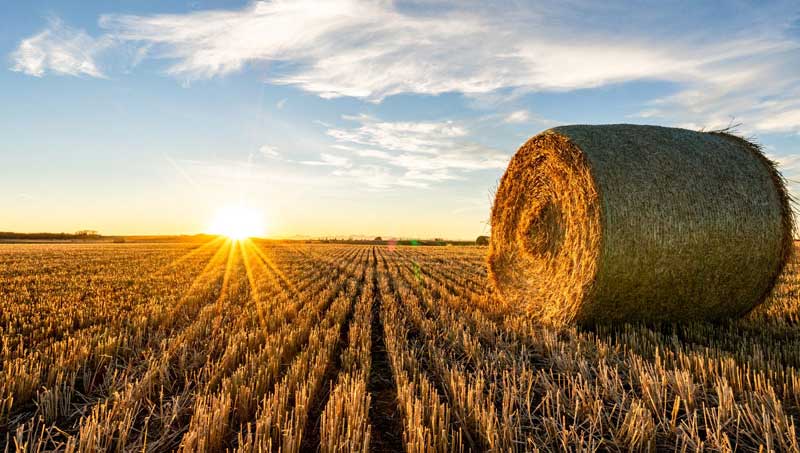
Countering negative impacts
Often wherever there is a plus, there is also a minus, and modern farming methods have not been established without some negative impacts, one of which has been a reduction in biodiversity due to larger more intensively cultivated farms having been created. (Consider the fact that, according to Defra, only 1% of farms in 1949 were greater than 500 acres while more than 6% of farms were of that size in 1999.) These farms have larger fields, and this has resulted in the widespread removal of the hedgerows that were home to all kinds of flora and wildlife. Fortunately, today many farmers are acutely aware of their vital role within conservation of the natural world and they work to actively support biodiversity by leaving some fields fallow and creating headlands – or uncultivated strips – around fields that are cropped to provide a variety of habitats for plants and animals.
While ecological damage has been the most prominent adverse effect of modern farming, there have been others that are not quite so obvious, such as the general loss of traditional skills, as, through lack of demand, workers are no longer trained to carry them out. Similarly, certain types of working animals, particularly draught horses, have become endangered as their work is now performed by tractors and other machinery. Those breeds currently on the watchlist include, most notably, the Clydesdale, the Suffolk Punch and that king among horses, the Shire, all of which at one time were the farmer’s most important asset. It is now the role of enthusiasts to preserve these age-old farming methods, while the Rare Breeds Survival Trust works to preserve native livestock breeds.
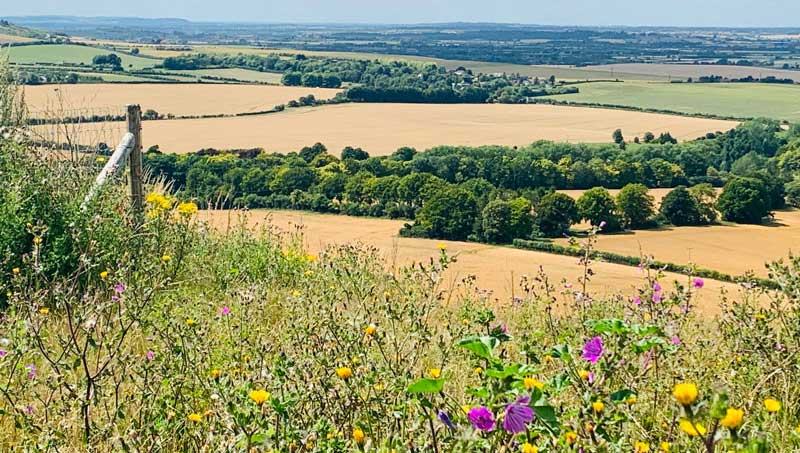
A time of celebration and community
Traditionally, the harvest has been a cause for celebration, offering as it does assurance of sufficient food for the coming year. However, in the modern world, in which most people lead busy lives in towns and cities, this essential link to the land has been lost. So, next time you are taking a walk in the countryside and you see a combine harvester hard at work, cropping around 30 acres an hour, spare a thought as to how we have reached this point and remember that not too far in the distant past – in fact as little as 70 years ago – while harvest time might have meant long days and hard work for man, woman and child, it also provided the important social glue that held close-knit rural communities together.
By Halima Crabtree
Feature Photo by Emma Van Sant on Unsplash.com
